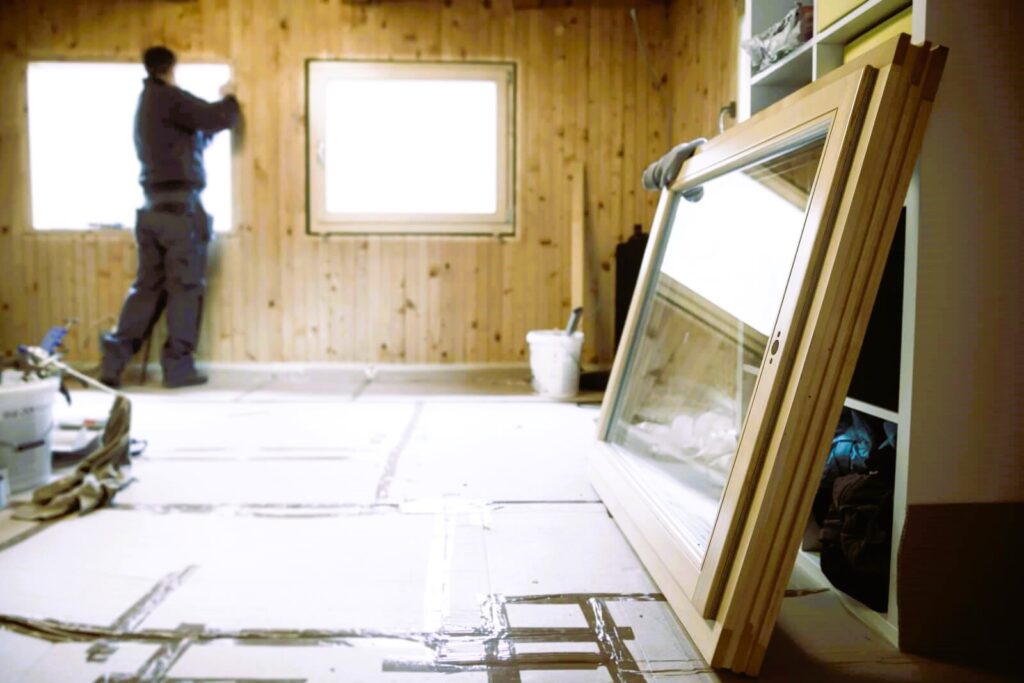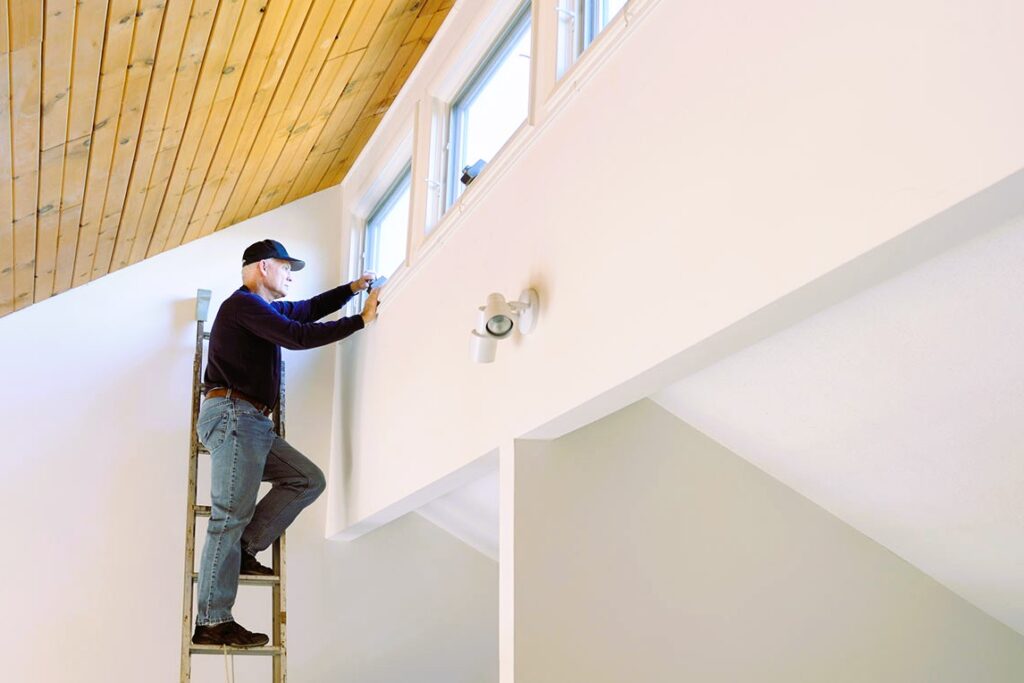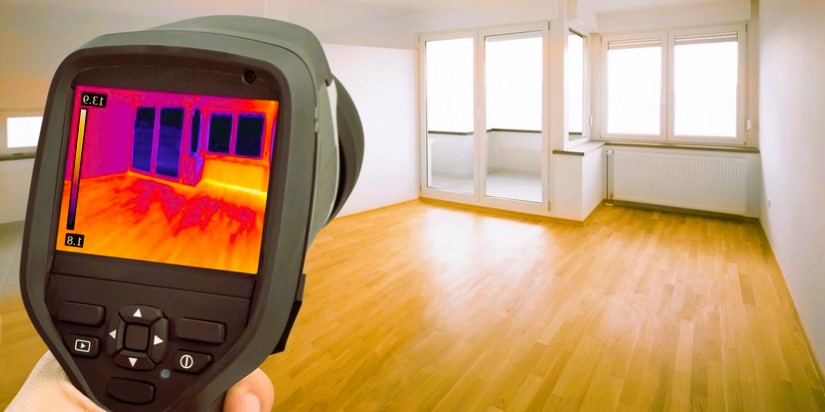
The Ultimate Guide to Choosing Energy-Efficient Windows for Your Home
In an era where environmental consciousness is on the rise, the significance of energy-efficient windows cannot be overstated. Not only do these windows contribute to a greener planet, but they also play a pivotal role in reducing energy bills and enhancing overall home comfort. In this comprehensive guide, we’ll explore everything you need to know about choosing energy-efficient windows for your home.
Section 1: Understanding Energy Efficiency
To embark on the journey of selecting the right windows, it’s crucial to understand the concept of energy efficiency. Energy-efficient windows are designed to minimize heat transfer, keeping your home warmer in winter and cooler in summer. This is achieved through advanced technologies such as Low-E coatings, double or triple glazing, and gas fills between panes.
Section 2: Window Frame Materials

One of the primary considerations in choosing energy-efficient windows is the frame material. Various materials, including vinyl, wood, aluminum, and fiberglass, offer different levels of insulation. Each material has its pros and cons, and the choice depends on factors such as climate, budget, and maintenance preferences.
- Vinyl: Known for its excellent insulation properties, durability, and low maintenance.
- Wood: Provides natural insulation but may require more maintenance in certain climates.
- Aluminum: Lightweight and durable but may conduct heat, requiring thermal breaks for better insulation.
- Fiberglass: Offers high durability and insulation, making it an excellent choice for energy efficiency.
Section 3: Glass Options
The type of glass used in windows significantly impacts energy efficiency. Modern technologies offer a range of options to enhance insulation and UV protection. Read our comprehensive overview of how quality doors improve home security.
- Low-E Coatings: Microscopically thin coatings that reflect infrared light, keeping homes cooler in summer and warmer in winter.
- Double and Triple Glazing: Multiple layers of glass with insulating air or gas-filled spaces between them.
- Gas Fills: Inert gases like argon or krypton between glass panes improve insulation.
Section 4: Energy Star Ratings
Energy Star ratings provide a standardized measure of a window’s energy efficiency. Understanding these ratings helps homeowners make informed decisions when selecting windows. The higher the Energy Star rating, the more energy-efficient the window.
Section 5: Installation Quality

Even the most energy-efficient windows won’t perform optimally if not installed correctly. Professional installation ensures a tight seal, preventing drafts and optimizing energy efficiency.
Section 6: Local Climate Considerations
The climate in your region should influence your choice of energy-efficient windows. For colder climates, windows with a higher solar heat gain coefficient (SHGC) may be beneficial, while warmer climates might prioritize lower SHGC values.
Choosing energy-efficient windows involves a careful consideration of various factors, from frame materials to glass options and installation quality. By making informed decisions, homeowners not only contribute to a sustainable future but also enjoy the immediate benefits of reduced energy bills and enhanced home comfort.
For more information on window standards and energy efficiency, please refer to reputable sources such as Wikipedia.
Remember, the choices you make today can have a lasting impact on the environment and your home’s energy performance. Invest wisely, and enjoy the benefits of a more energy-efficient and comfortable living space.
